AOLCNC flexible material cutting machine, applicable to many industries, advertising, clothing, leather, composite materials, sound insulation board and other materials in many industries, our machines can cut, in many industries, the most demanded for our cutting machine is packaging and printing Industry. After several years of contact, our team has also learned about the printing process. Let me introduce to you what are the commonly used papers, several types of grades, and what is suitable for the inner cover?
Paper classification
Classification by use
It can be divided into printing paper, printing copy paper, drawing paper, household paper and so on.
According to whether to coat
Divided into non-coated paper, lightly coated paper and coated paper. The purpose of coating is to improve the surface properties of paper, such as coated paper, inkjet printing paper is a kind of coated paper.
According to the material
It can be divided into traditional plant fiber paper, PVC paper, PP paper (synthetic paper, good scratch resistance) and so on.
General paper introduction
Coated paper
Features: smooth surface and high brightness. There are two types of single-sided coating calendering and double-sided coating calendering, referred to as single copper and double copper. Because the calendered surface is divided into light and matte, the industry referred to as light copper paper and matte paper. The light copper paper has strong reflection and bright colors; the matte paper has weak reflection and delicate colors.
Application: business cards, picture albums, folding pages, etc.

Matte paper
Double offset paper
Features: It is also called offset paper, generally between 60 grams and 150 grams. The surface smoothness, density and printing effect of the paper are a bit worse than that of coated paper, and the price is low.
Application: books, textbooks, etc.
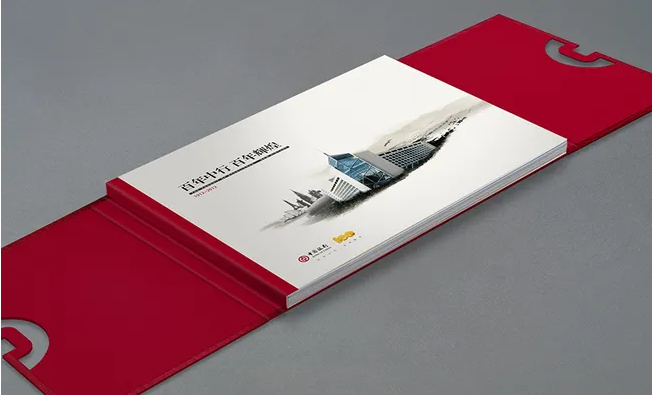
Paper jam
Features: firm and thick, with high stiffness, burst resistance and smoothness. Generally, there are white cardboard and gray cardboard according to the color.
Application: Handbags, tags, cards, menus, invitations, packaging boxes, etc.
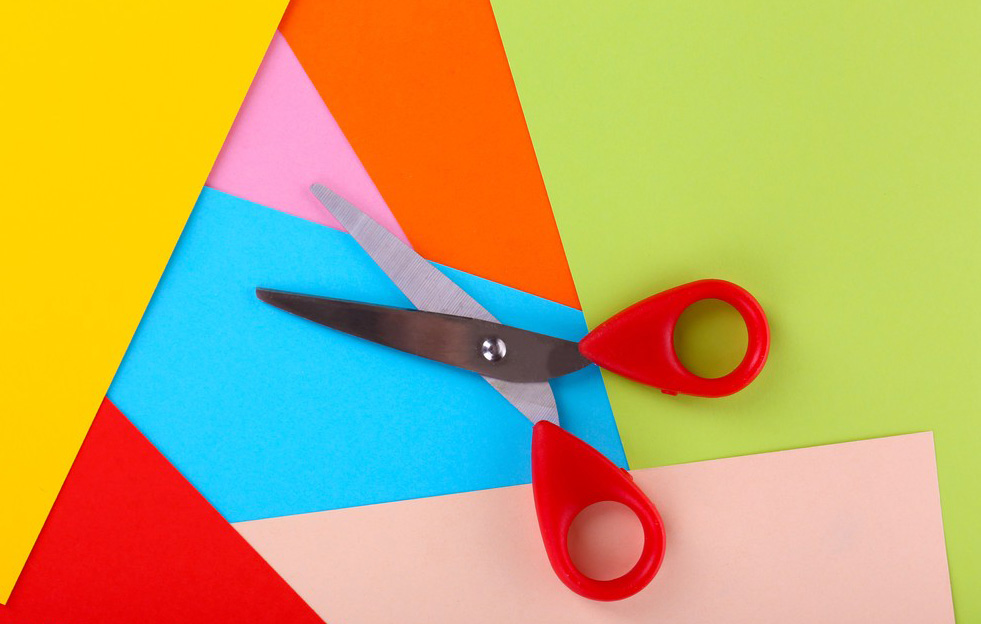
White cardboard
cardboard
Features: The inner core is generally gray, and the paper is thick and firm. According to the color, there are generally white cardboard and gray cardboard.
Application: packaging, inner support lining, etc

Kraft paper
Features: The paper has a tough texture, high strength, and protective effect. Its appearance is similar to cowhide, with single gloss, double gloss, stripes, and no grains. According to the color, there are generally white cowhide, yellow cowhide and gray cowhide.
Application: traditional or retro packaging, environmental labels, portfolios, envelopes, etc.
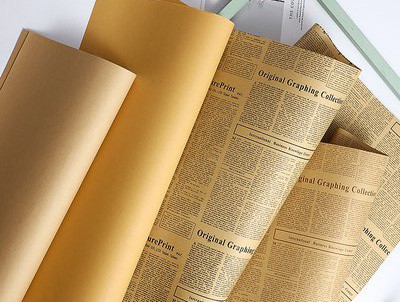
Newsprint
Features: Also called white newspaper, the paper is flexible, has good elasticity, and has good ink absorption performance. But after a long time, the paper will turn yellow and become brittle, with poor water resistance, and it will become difficult to write.
Application: Newspapers, newspapers, books, textbooks, comics, etc.

Copy paper
Features: Also called Sydney paper, the surface is fine, flat, smooth, and has a certain degree of transparency.
Application: tax receipts, packaging, etc., mostly pure white, used to protect works, fruits, shoes and clothes, etc., exquisite and beautiful
Carbonless paper
Features: Generally between 40-150g, with copy function, divided into upper, middle and lower paper. The upper, middle and lower paper cannot be exchanged or re-used. The seven colors play a distinguishing role.
Application: Coupon, form, etc.
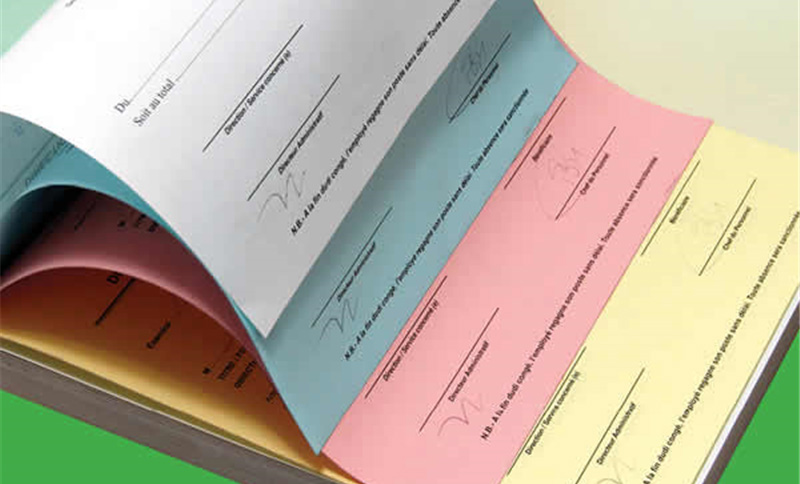
Writing paper
Features: Generally between 50-100g, white and smooth, fluent in writing.
Application: notebooks, tables, exercise books, account books, etc.
litmus paper
Features: Also called tracing paper and butter paper. Translucent, frosted, good toughness, not easy to deform, can be waxed, coated, embossed, wrinkled and other treatments, generally simply print some text or patterns, through which you can vaguely see the following graphics.
Application: high-end books, album backing paper, book cover and inner packaging, etc.
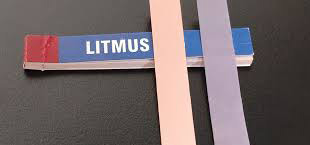
Embossed paper
Features: Using mechanical embossing or crumpled paper method, embossing patterns on the surface of ordinary paper. There are many options such as cloth pattern, diagonal, straight stripes, sack pattern, lattice pattern, leather pattern and so on.
Application: flexible packaging, notebooks, picture albums, etc.
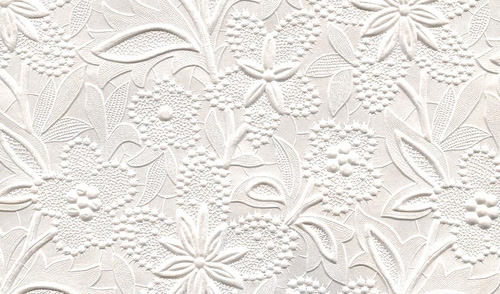
Cellophane
Features: It is actually a film formed by cellulose sulfonate, not real paper. There are colorless and transparent ones as well as various colored and transparent ones. The paper is soft, transparent and smooth, airtight, impermeable to water and oil, and has a certain degree of stiffness and gloss.
Application: packaging for medicine, cigarettes, food, cosmetics, etc.
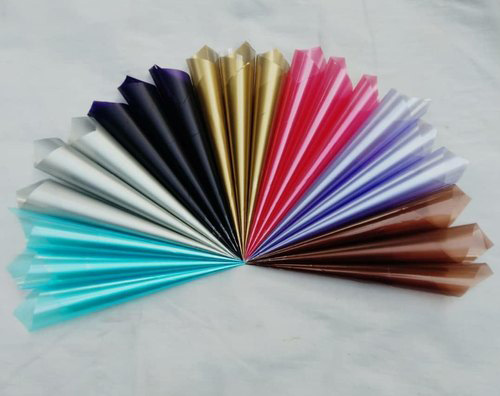
Pearl paper
Features: It is composed of three parts: bottom fiber, filler and surface coating. The surface is very smooth, with strong reflection and pearl luster.
Application: high-end picture albums, greeting cards, jewelry luxury packaging and other materials
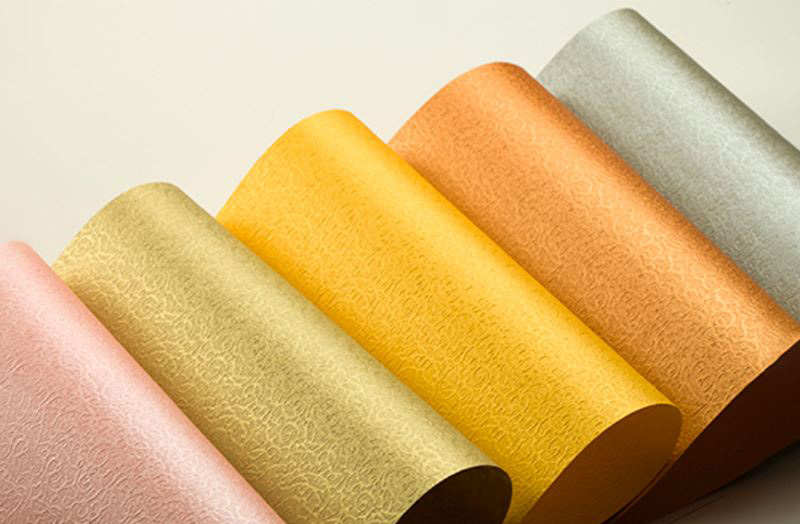
Tactile paper
Features: also called super-sensitive paper, the surface is treated with micro-coating, the hand feels very smooth, and the touch feels excellent
Application: Picture album, packaging, etc.
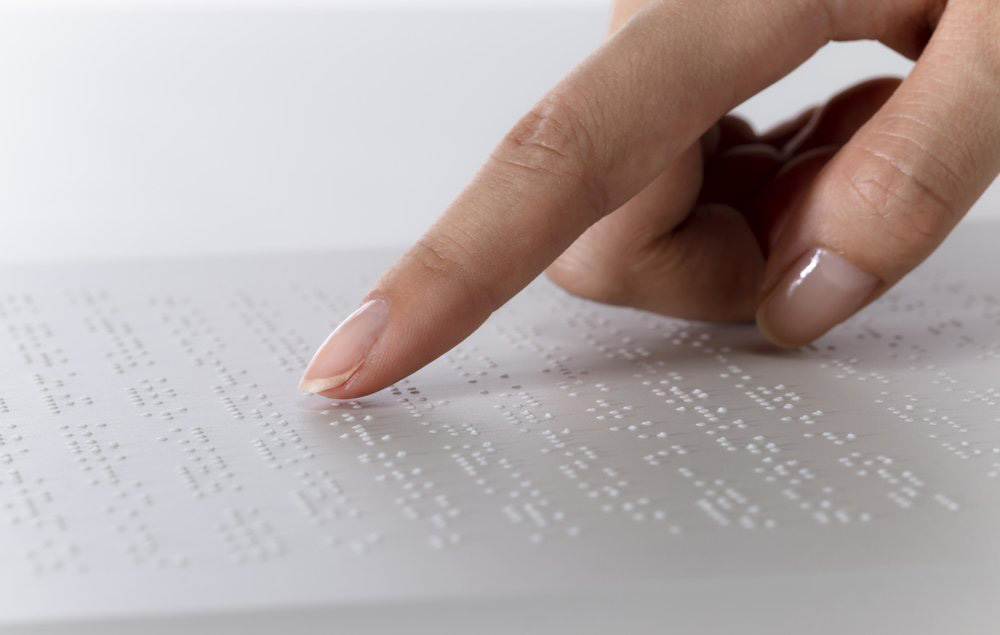
Fine paper
Features: Also called special paper and art paper, because the surface of the paper has lines or textures, it has a strong sense of three-dimensionality and layering. It has a wide variety of details and textures, which can present a look and feel that is closer to the attributes of the industry and fits the characteristics of the brand. Suitable for mid- to high-end customers who have a certain pursuit of quality.
Application: covers, packaging, picture albums, decorations, handicrafts, etc.
PVC
Features: Special material similar to plastic, waterproof and anticorrosive, not easy to change color, hard and elastic as a whole.
The materials are matte, bright, pearl, frosted, transparent, glue wire, brushed, laser, gold foil, etc. Among them, different materials can also be combined with each other to create a composite effect, such as frosted transparent, pearlescent gold foil and so on.
The thickness is generally 0.38mm (half the thickness of a normal bank card), and a little bit thicker is 0.76mm, 0.84mm or 1mm
Application: business cards, membership cards, digital cards or chip cards, etc.






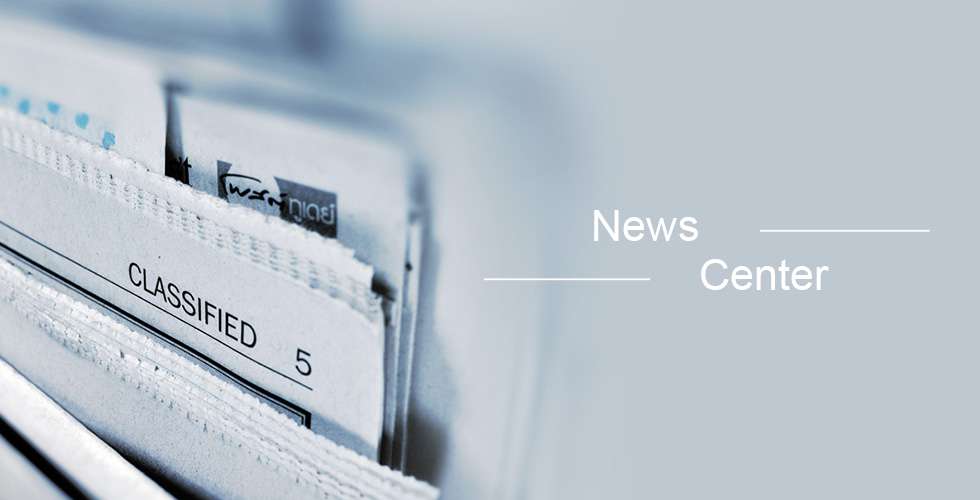
 No. 7 Workshop, Changruxiang Industrial Park, Yushan Road, Licheng District, Jinan Shandong
No. 7 Workshop, Changruxiang Industrial Park, Yushan Road, Licheng District, Jinan Shandong +86 18560162709
+86 18560162709 250109
250109








